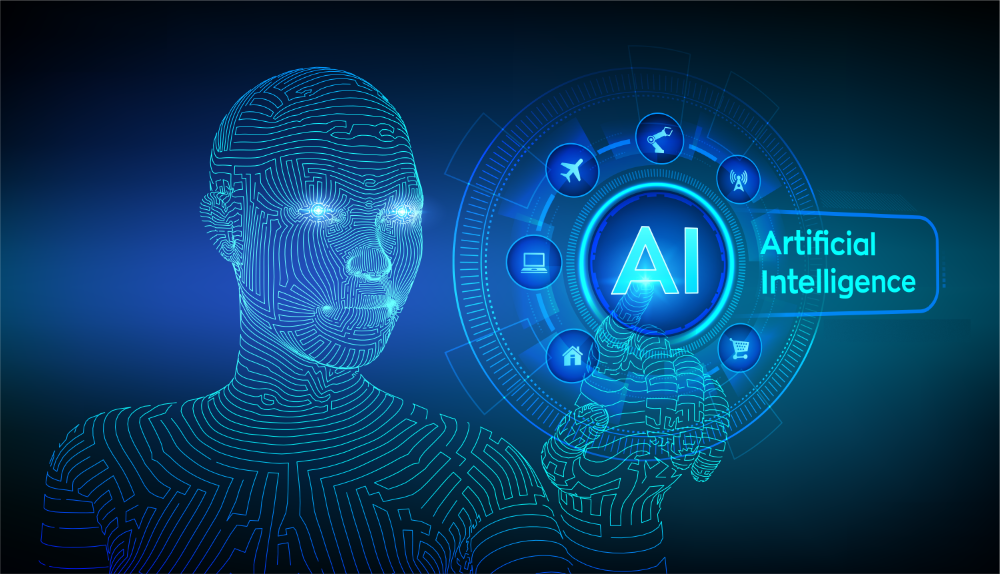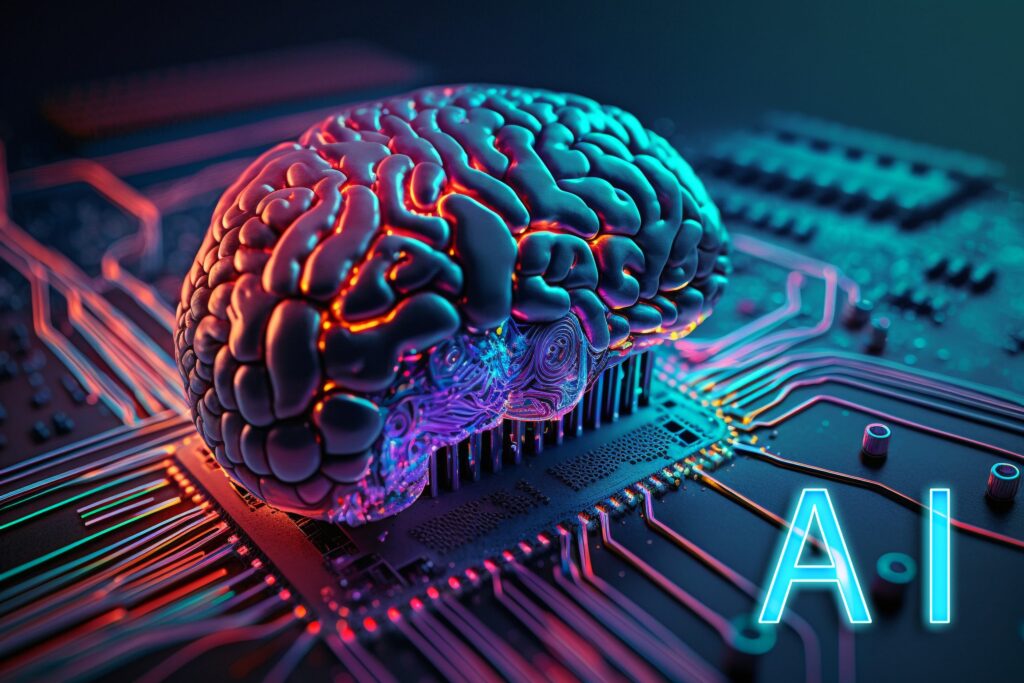Artificial intelligence has grown very fast in the recent past, breaking the limits of what machines could do earlier and becoming applied in a wide array of industries. Of all the recent trends to AI, some of the most important ones are technological developments coupled with enhanced adoptions across sectors and increased concerns related to ethics and regulations. Major trends that seem to be shaping the AI landscape today include:
1. Natural Language Understanding and Processing
The last two years have simply been great in understanding and processing natural languages, thanks to the growth of deep learning paired with the availability of large datasets. On that note, GPT-4 from OpenAI and BERT from Google definitely alter the way machines read and write human languages.
- Conversational AI: Increasingly difficult chatbots and voice assistants understand the context, keeping conversations alive, and respond accurately. For example, AI-empowered chatbots deal with progressively complex questions around customer service.
- Language Translation: Real-time translational tools are getting better at seamlessly handling communication between people who speak different languages. Now, more accurately than ever, AI models translate and comprehend the nuance better.
2. AI in Healthcare
It impacts diagnosis, treatment planning, and even personalized medicine in health care. In other words,
- Predictive Analytics: AI algorithms analyze patients’ data and predict outbreaks of diseases, admission of patients, etc. This predictive power helps in proactive healthcare management and resource allocation.
- Medical Imaging: AI-powered tools will increase the accuracy of medical imaging. This would help in the early diagnosis of several diseases, such as Cancer. It can recognize patterns in those images which human eyes can’t perceive.
- Drug Discovery: AI accelerates drug discovery by examining vast reams of data in order to identify possible drug contenders, predict their efficiency, and optimize their development process.
3. Ethical AI and Bias Mitigation
The greater the amount of AI that goes into society, the greater are the ethical concerns and biases in the models of AI.
- Fairness and Transparency: Organizations have a high drive toward opening up their AI systems to make them less biased. Techniques from Explainable AI might be used to make AI decisions more intelligible to humans in order to build trust and accountability.
- Reducing Biases: There is a growing trend of making AI models with least biases—developing algorithms least prone to discriminatory behavior to ensuring diverse data sets for model training.
4. AI in Autonomous Systems
Progressively complex and trustworthy autonomous systems involve self-driving cars and drones.
- Self-Driving Cars: Companies like Tesla, Waymo, and Uber are already into developing fully autonomous cars. This will revamp the entire transport sector, decreasing accidents and increasing efficiency.
- Drones and Robotics: AI-powered drones and robots are at work in industries as divergent as agriculture—used for crop monitoring and spraying—to logistics, in delivery and warehouse management. Their ability to move around autonomously in complex environments is getting better rapidly.
5. AI and IoT Integration
IoT is integrated with AI to make systems more efficient and smarter.
- Smart Homes: Equipped with smart speakers, thermostats, or security devices, among others; all new houses are learning user preferences through AI and automate everything towards energy efficiency.
- Industrial IoT: Coupled with AI, IoT in manufacturing realizes smart factories. An integration of this kind offers predictive maintenance, real-time monitoring, and optimization of production processes, to mention but a few.
6. AI in Finance
From risk management to customer service, artificial intelligence is being used by the financial sector in very different domains.
- Fraud Detection: AI models look for fraud within transaction data in real-time. Such systems learn and adapt to new patterns of fraud.
- Algorithmic Trading: Market data from research, such as analysis by AI algorithms that execute trades at a high speed and volume, rewrites trading strategies and financial markets.
- Personalized Banking: AI-driven personalization in banking is focused on providing customer-centric financial products and services that will enrich the experience of customers.
7. Edge AI
Edge AI refers to processing AI algorithms locally on a hardware device and not in some central data center. This trend is driven by the need to process data in real-time and concerns over privacy.
- Low Latency: Edge AI reduces latency by processing information at its source, hence being more suitable to handle future applications like autonomous vehicles and industrial automation.
- Data Privacy: In the case of Edge AI, enablement of privacy is that sensitive information resides on the device and does not have to take a journey to the cloud. It may improve the security aspect related to data breaches.
8. AI for Climate Change and Sustainability
AI has occupied a very considerable place in fostering sustainability in the quest to overcome the challenges of climate change.
- Environmental Monitoring: AI models analyzing satellite images and sensor data to track deforestation, wildlife, anticipate natural disasters, and provide timely actions to reduce environmental damage.
Energy Management: AI optimizes the energy consumption of buildings and predicts generation from renewable sources to manage grids for more efficient and sustainable energy systems.
9. AI in Education
Educational sectors are fast embracing AI to drive personalization in learning experiences, and for better efficiency in administrative works.
- Personalized Learning: By using AI-driven platforms, educational content is tailored to suit the individual’s style and pace of learning, together with assessments.
- Administrative Efficiency: AI makes it possible for educators to have more time allocated towards teaching by automating the different admin tasks, such as grading, scheduling, resource allocation, among others.
Generative AI—a creation of new content from existing data—continues to be in increasingly high demand.
- Content Creation: High quality text, images, music, and even videos are generated by artificial intelligence models. This has very key applications in marketing, entertainment, or any other creative industry to produce content with efficient delivery time.
- Design and Fine Art: AI is at hand to help designers and artists generate concepts that improve creativity and save tons of time in the production of artworks.
Conclusion
Also read: What is blockchain technology & how does it affect cryptocurrencies?
Artificial intelligence is a field in dynamic evolution underlined by new trends it is taking with respect to area rapid changes underway. The influence of these stretches into health, financial services, sustainability, and autonomous systems, among many others. To that respect, ensuring ethical considerations are met and inclusivity safeguarded will be very imperative as AI technology moves further ahead in the full harnessing of its potential for the betterment of society.







